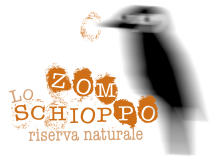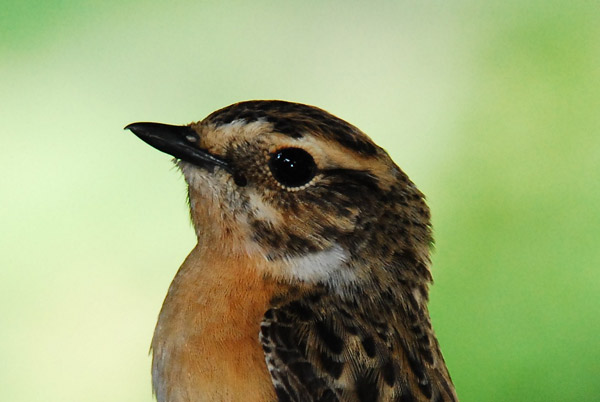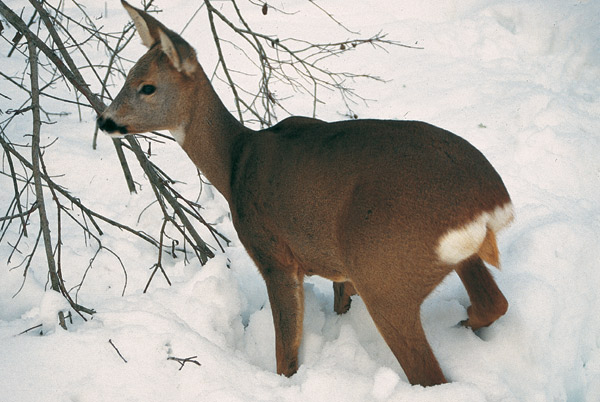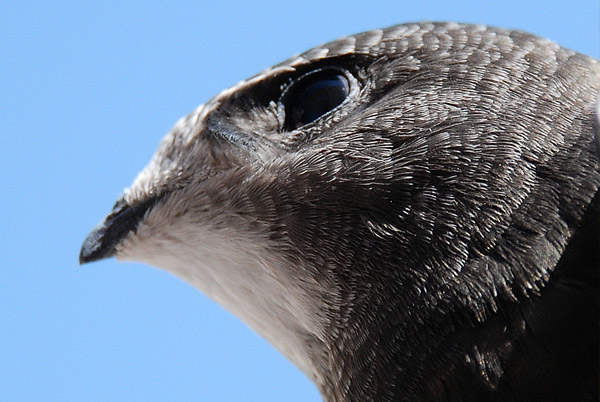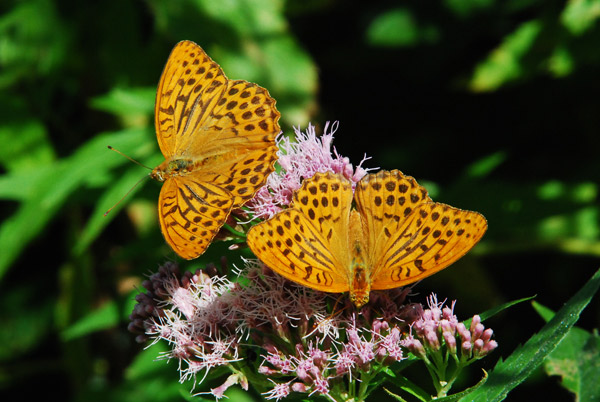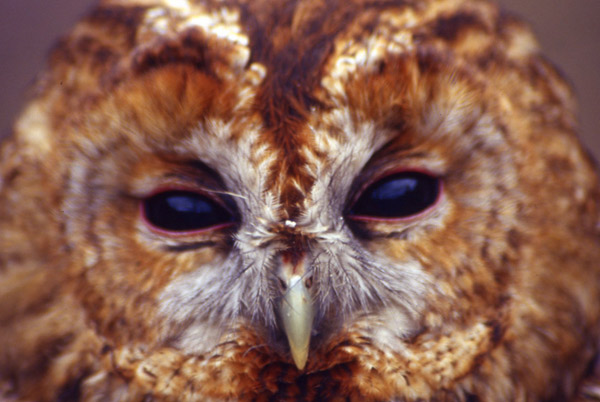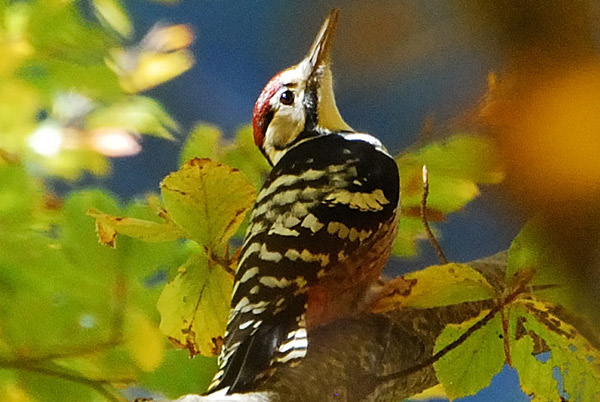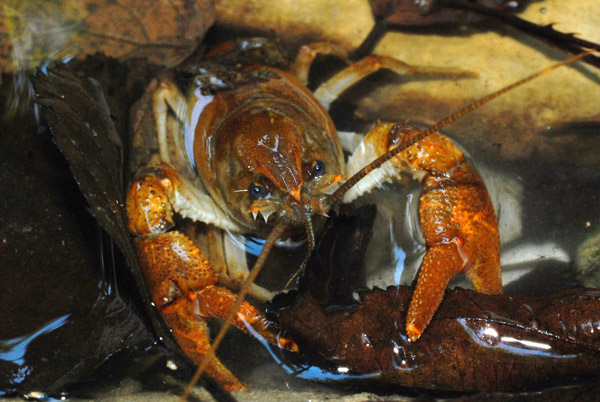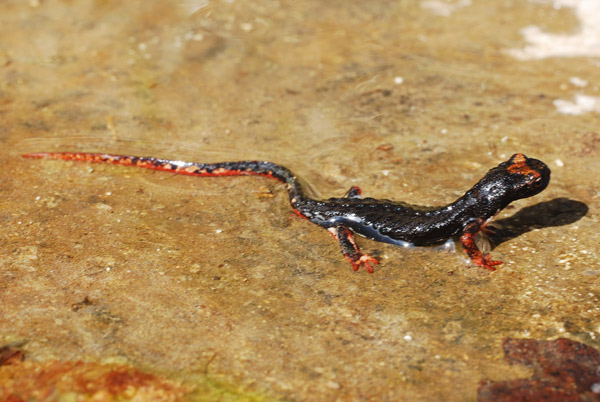In the different environments that are crossed by climbing 600 meters lower altitudes up to 2000 meters of the top of the Reserve there are many different species, dal Cuculo, in fringe areas downstream, choughs to higher altitudes. In areas of the valley are present and common small mammals, as the Quercino, the octopus, la furtiva Faina, that also inhabit houses or dig burrows in the margins of cultivated forests.
The Schioppo in the creek is present Trota fario, that feeds the countless caddis in the river, that constitute the power supply also of the Dipper, species in pristine environments, that can be seen darting up and down the river. As soon as the forest becomes more dense begin to find traces of Boar, especially in the range of mixed forest, where we also discover the Roe, from a few years reinsediatosi stably in the Reserve. In environments of live rock also very rare species, as the Eagle Owl, the Wallcreeper, the Peregrine Falcon, the Chough, while the beech forest is home to many species of great scientific interest and natural.
Among these Bear Marsican, undoubtedly the most valuable presence, the Apennine wolf, the Witness, among mammals, the White-backed Woodpecker, a subspecies very rare and localized in a few areas of the central – southern, present in areas of more mature beech forest, and also the Spotted Woodpecker, also uncommon, the Lesser Spotted Woodpecker, l’Astore, Rapace di bosco not comune, what Sparviero, the Mountain biking and many other birds.
In the more humid areas of beech forest lives the Spectacled Salamander, an amphibian with coda, rather rare, with orange belly. Environments share, where they extend Juniper dwarf shrubs and Bearberry, are frequented by small birds, as the Fanello, the Culbianco, the Sordone, the Redstart and the Allodola; Sometimes these areas are patrolled by 'Golden Eagle hunting Hares that improvidently go too short. Of the seven species of woodpeckers, in the strict sense, that belonging to the order Piciformes, present in Abruzzo, a “Zompo the Schioppo” there are six, and this green one, three red peaks, or greater than, the medium and the lower, the White-backed Woodpecker and Wryneck; these “real” Woodpeckers are added and the Nuthatch Nuthatch that, while calling peaks, not belong to the same order, but in the broader passerine. peaks, mainly forest birds, have developed special adaptations to life in the woods, such as the long and powerful beak with which pierce the trunks and large branches of trees, with an action of drilling efficacious, to obtain a nest in them or look for the larvae of the insects on which they feed, that live in rotting logs and parasitized. In this assiduous work which we perceive in the woods as a “drumming”, they also have health action in the forest, eliminating from plants that have parasitized larvae and feed on their wood, for which are said xlofaghe. The other two peaks have specific adaptations, such as the long, sticky tongue, that fit into the slots to catch the larvae xylophagous, note, and a strong tail that is used to prop up the body to the trunk while they are intent on "trapanarlo”.
Typical peak flight corrugated,punctuated by intermittent beats of the wings. Of the six species, Some have needs Forestry percosidire “minimum”, being able to live in deciduous woods or in areas with a provision in the mosaic of forests interspersed with cultivated fields also, and the Green Woodpecker, with wings and green back, by Appunti, the great spotted woodpecker and the minor. More demanding are the White-backed Woodpecker and the red pimp, that live and nest in mature forests with trees of great size. The White-backed Woodpecker, plus, belongs to a subspecies found only in the central Apennines and on the Gargano, where rare, besides the Balkans.
All these peaks, except the green one, have a white and black livery, and all, interchangeably, part of the head or his “top” colored red. At last, Wryneck, of the family of woodpeckers but with completely different physiognomy, brown, that feeds a lot of ants on the ground and not research “tambureggia” as do the other peaks when they announce, for example, who are taking possession of the land or holes in trees when they finally two other birds said peaks but not belonging to the same family of the previous. II Nuthatch, small, gray - bluish on the back, light brown on the sides, who gets the nest by digging holes in the trunks of the trees too, then narrowing the entrance hole with mud, hence the name Mason. For the last Wallcreepers, a small bird with long beak and curved that nests on cliffs, where extracts insects present in rock crevices, very mimetic with closed wings, gray, fascinating when unfolded to fly in a very slight, showing the vermilion.
